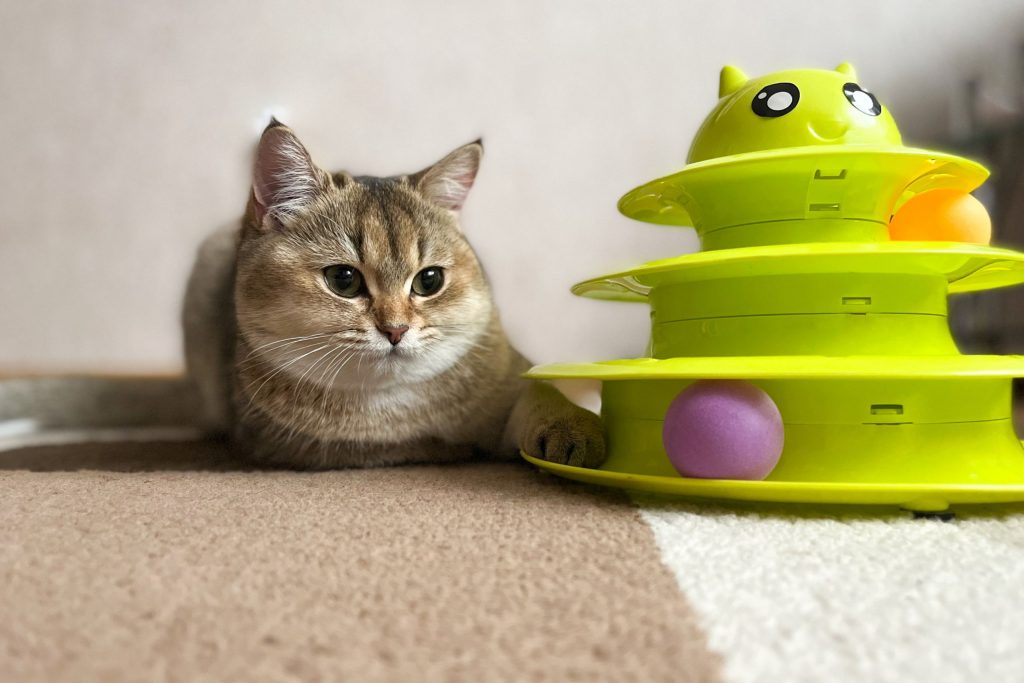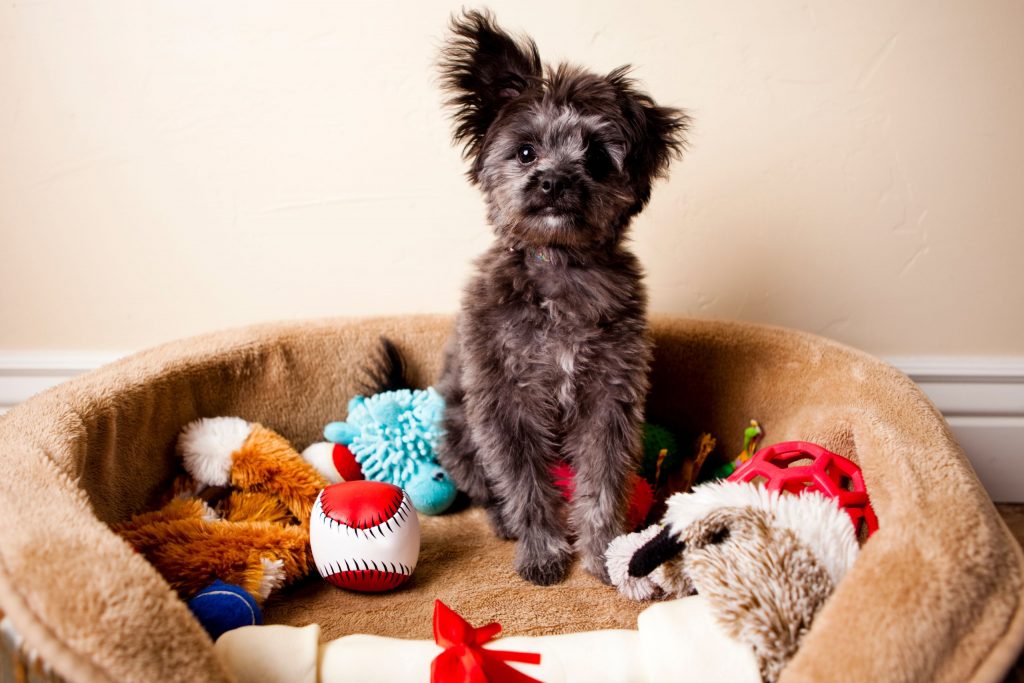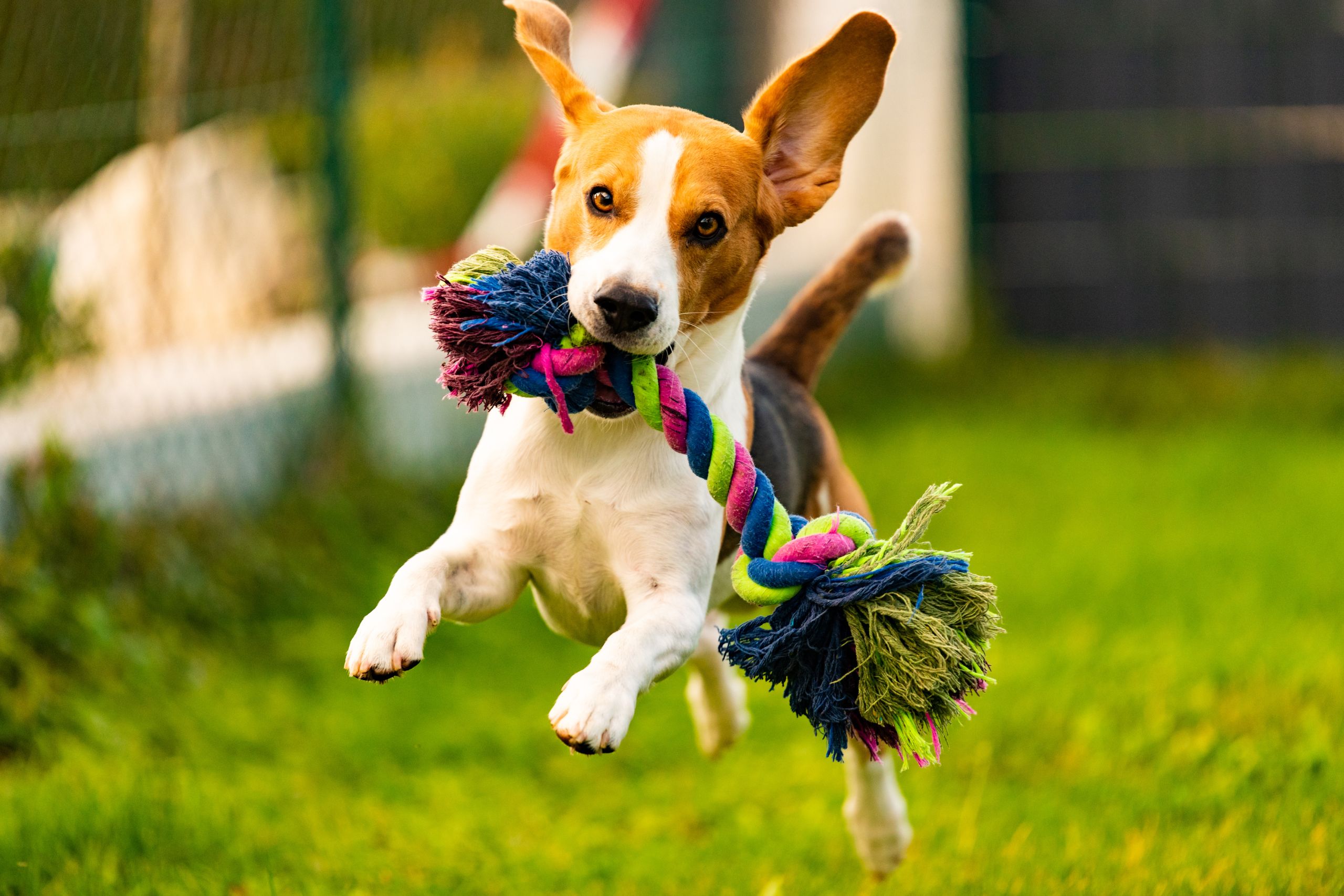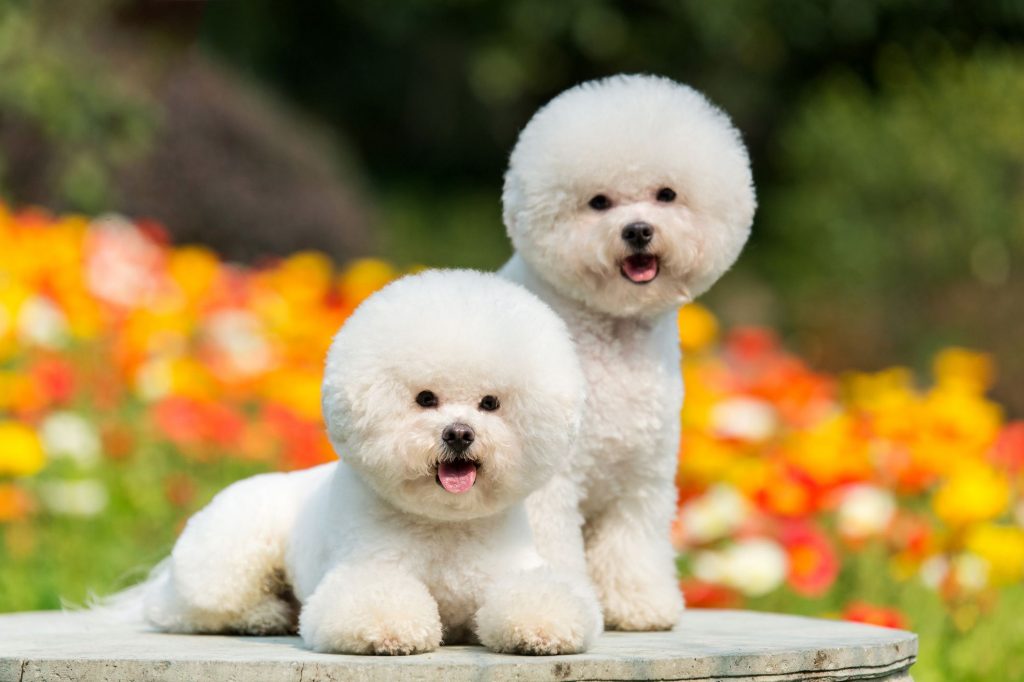Because mental stimulation immediately influences a pet’s behavior and emotional state, their overall welfare and happiness rely on it. Like humans, pets need contact if they are to grow. Lack of mental stimulation may lead to boredom, which often manifests as destructive behavior as severe barking, hyperactivity, or furniture chewing. Furthermore, boredom may aggravate worry and tension, which increases a pet’s likelihood of developing separation anxiety or aggressiveness. Understanding the need of mental involvement, owners of pets may design surroundings that support emotional stability and cognitive growth. This page is dedicated to different toys and activities meant to keep dogs intellectually active, therefore assuring their happiness and health. Pet owners may considerably improve the quality of life of their animals by including training activities, interactive games, and puzzles into their schedule. Including pets in these enriching activities not only helps to avoid boredom but also deepens their relationship with their owners, therefore fostering a more harmonic home.
Interactive Toys: Sparking Curiosity and Problem-Solving
For dogs, interactive toys are very important in encouraging involvement and cognitive development. Designed to engage canines cognitively and provide enjoyment, types like treat-dispensing toys and puzzle feeders are Puzzle feeders encourage problem-solving as they negotiate many compartments to get the prizes within, therefore requiring them to work for their food. Treat-dispensing toys provide a similar issue; they release goodies as dogs interact with the toy, therefore encouraging interest and continuous play.
Well-known companies like Outward Hound and PetSafe have gotten great compliments for their creative designs that grab pet interest and improve their concentration. The Hide-A-Squirrel toy from Outward Hound lets dogs search for soft squirrels buried within a tree trunk, therefore activating their instincts and improving their cognitive ability. Toys in PetSafe’s Busy Buddy line treat dispensers honor pets for their efforts. These items not only keep dogs occupied for hours but also assist lower anxiety and prevent bad habits. Pet owners may improve their general well-being by including these interactive toys into their daily activities and thus excite their furry friends both physically and psychologically.

Training and Tricks: Strengthening Bonds Through Learning
Fresh orders and taught tricks are what enable a pet to develop mentally. It breaks monotony, stimulates moral conduct, and awakens their brains. Including animals into educational events improves not only their cognitive skills but also the relationship between the owner and the pet.
Owners may create a disciplined schedule to help to keep training sessions targeted and exciting. Including variation by using “spin,” “roll over,” or “hide and seek,” will grab their attention. Furthermore improving engagement in training is the use of interactive toys or puzzles.
One very effective strategy in training is positive reinforcement. Treats, compliments, or playtime given to pets after a successful command encourages desirable actions right away. Short training sessions, say five to ten minutes, serve to keep a pet’s interest and energy intact.
Including training into everyday activities—such as instructions practiced while walks or play—allows consistency and pleasurable reinforcement of learning. Teaching orders and tricks not only improves cerebral stimulation but also strengthens the bond between dogs and their owners by means of a closer knowledge and connection.
Outdoor Activities: Exploring the World Beyond Home
For dogs, outdoor exploration provides a wealth of activities that boost body and mind. One of the best choices is hiking as it lets dogs negotiate many paths and enjoy the many smells and sounds of the surroundings. As they come into fresh surroundings, this not only offers physical activity but also stimulates their cerebral skills.
Another great option are agility classes, which mix cerebral stimulation with physical demands. These classes challenge dogs to improve their problem-solving abilities, develop their critical thinking, and encourage fitness by means of overcoming challenges. Still a fantastic game, fetch’s benefits will grow with varied terrain. Running on grass, sand or uneven roads, dogs receive novel sensory experiences.
Keeping pet mental involvement mostly relies on the environment. Different parks or routes have different fragrances that pique interest and reduce monotony. These new contacts might raise general performance and quality. Every trip becomes a teaching moment as finding new places also provide chances for interactions with other animals and humans.
Regular outside of the house guarantees that pets are physically active and psychologically engaged, thereby enhancing their life and strengthening the link between them and their owner.
Scent Games: Harnessing Your Pet’s Natural Instincts
Using scented games to replace their natural activities really grabs a pet’s interest and instincts. Most animals depend on their sense of smell, hence scent games set off their natural tendencies for foraging and tracking. These kinds of activities boost connection between dogs and their owners, increase physical activity, and challenge their brains.
One may readily use simple games at home. While making scent trails with food or favorite toys may direct dogs on a joyous search, hiding gifts throughout the home motivates them to use their noses. These pursuits pique their curiosity and inventiveness, which increases their play time.
Gradually raising the challenge of the game is crucial if one wants to keep the pet interested. Start with simple concealing places then work toward more difficult sites or even overlapping scent tracks. Even as it changes, the action stays new and interesting on its own. Pet owners can also give their animals timed tasks to do, like finding things in a certain area. Overall, dogs enjoy smell games because they are fun for them and help them learn and explore, which is good for their physical and mental health.
DIY Enrichment: Creative Activities at Home
Everyday items can be turned into fun and useful toys for cats. This will keep their minds sharp. You can make caves or other hiding spots out of cardboard boxes by cutting holes in the sides. Putting torn paper inside makes noise and keeps pets interested as they explore. Towels that have been used before can be turned into tug toys or snuffle mats that teach dogs to use their noses to find treats.
You can keep your pet even more interested by setting up an obstacle course or treasure hunt at home. Pet owners may create an interesting and demanding path for their animals using chairs, blankets, and other furniture. Making pets roam around or leap over modest fences can help to keep them occupied. Give your dogs hints on how to locate the goodies or toys you have stashed throughout the home. It might feel like a prize hunt.
There are times when people with dogs need to change their plans to fit their pets’ wants and needs. Pets can feel, dig, and catch, among other things. Putting things in a pet’s space can make them happy and satisfied. All you have to do is be imaginative and maximize already possessed resources.

Conclusion
Consistent mental stimulation is essential for a pet’s health and enjoyment because it protects cognitive capacity, reduces boredom, and aids to manage behavior. Apart from enhancing their quality of life, including various toys and activities in fascinating pets strengthens the link between the pet and owner, therefore fostering a more satisfied relationship. Including interactive games, puzzle toys, and training courses will provide dogs the intellectual stimulation they yearn for, thereby maintaining their keen brains and bright spirits. Activities like scent work or agility courses may appeal to a pet’s natural inclinations, therefore guaranteeing their continued activity and satisfaction. Regular mental involvement may also assist avoid negative habits often resulting from boredom and worry. Pet owners may improve their dogs’ general contentment and increase their everyday experiences by committing time to exciting play and including varied activities into their schedule. In the end, the enjoyment gained from these contacts not only helps the pet but also makes the owner happy and fulfilled, therefore fostering a lively, joyous partnership that depends on connection and affection.


